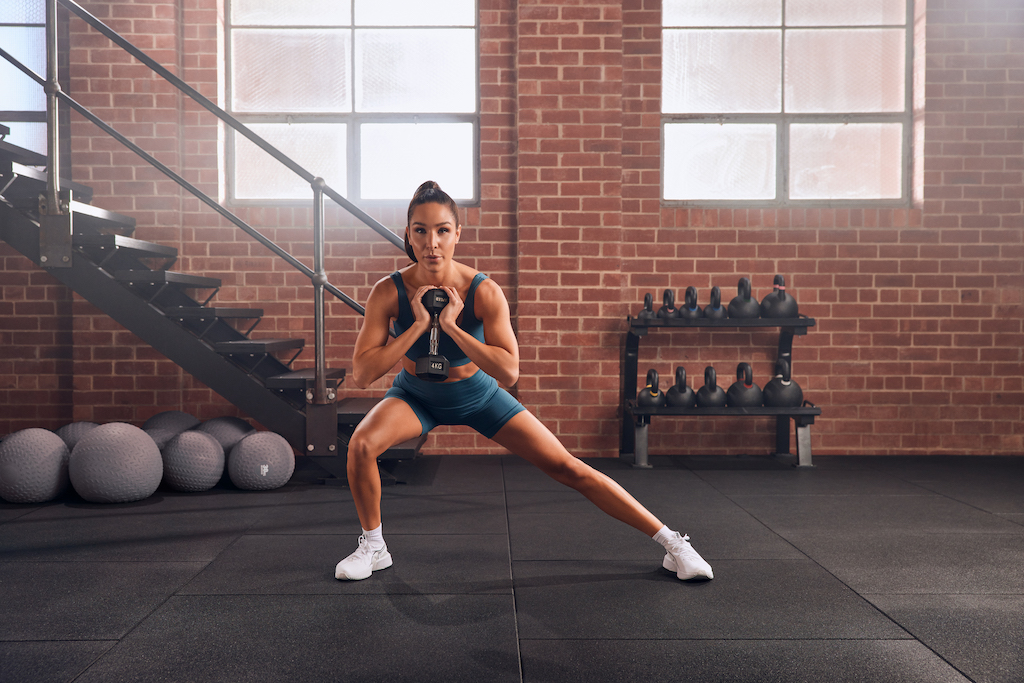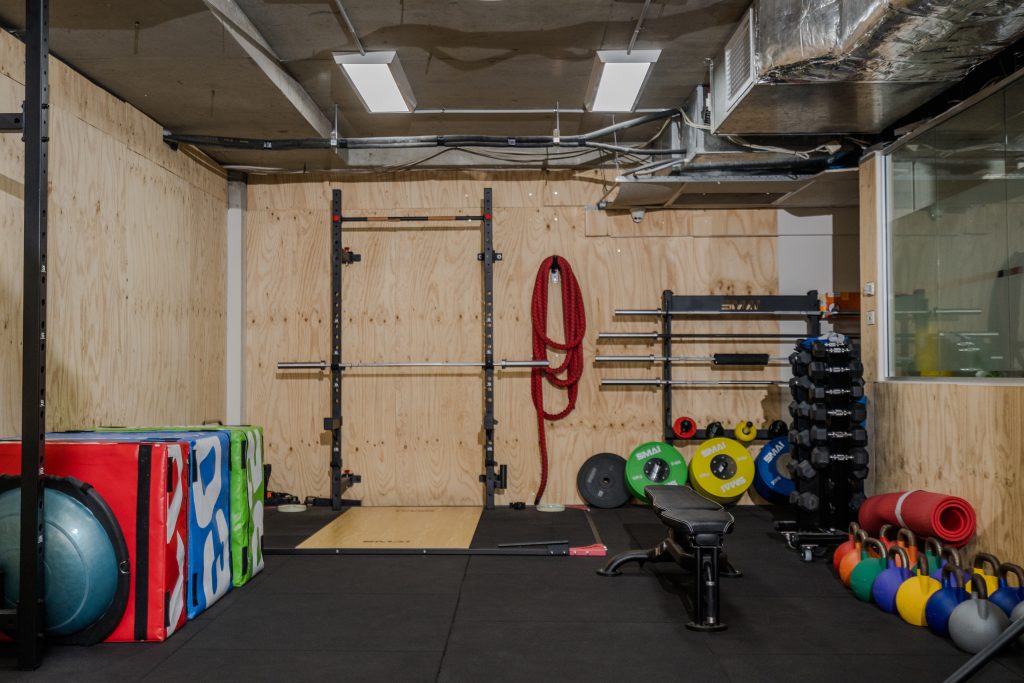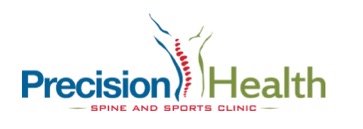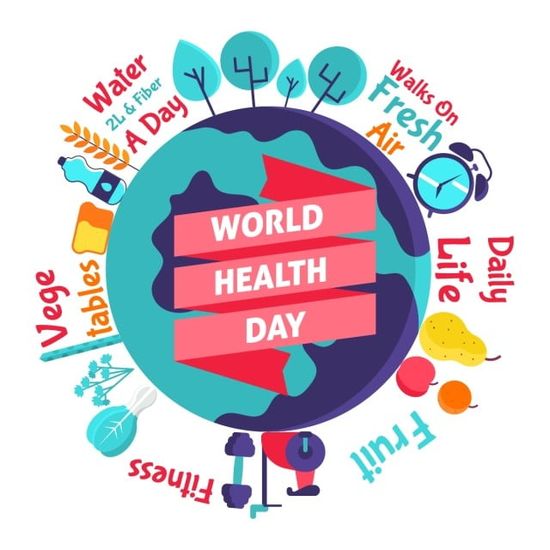The Correct Way to Lift and Carry: Protecting Your Body from Injury

Introduction:
Lifting and carrying heavy objects is a routine part of daily life for many people, whether it's moving furniture, carrying groceries, or lifting boxes at work. However, improper lifting techniques can lead to serious injuries such as strains, sprains, and even more severe musculoskeletal issues. In this blog, we will explore the correct way to lift and carry objects to protect your body from future harm.
1. Assess the Load
Before lifting any object, it is crucial to assess its weight and size. Determine if you can safely lift it alone or if you need assistance. If the object is too heavy or awkwardly shaped, ask for help or use mechanical aids such as dollies or carts.
2. Proper Lifting Technique
Follow these steps for a proper lifting technique to minimise the risk of injury:
- Stand close to the object with your feet shoulder-width apart for stability.
- Bend at your knees and hips, not your waist, to lower yourself to the object.
- Keep your back straight and core engaged to support your spine.
- Grip the object firmly with both hands, using your palms rather than just your fingers.
- Lift using the strength of your legs, not your back. Push through your heels as you straighten your legs to lift the object.
- Keep the object close to your body as you lift to reduce strain on your back.
3. Carrying the Load
Once you have lifted the object, it is essential to carry it correctly to maintain proper posture and prevent strain:
- Hold the object close to your body with a secure grip.
- Avoid twisting your torso while carrying the load. Instead, pivot your entire body by moving your feet.
- If the object obstructs your view, ask for assistance or use a spotter to guide you.
- Take frequent breaks if you are carrying a heavy load for an extended period.
4. Sources and Additional Resources
Here are some reputable sources for more information on safe lifting and carrying techniques:
- National Institute for Occupational Safety and Health (NIOSH) - NIOSH offers resources and guidelines for safe lifting in various occupational settings.
- Occupational Safety and Health Administration (OSHA) - OSHA provides standards and training materials related to safe lifting practices in the workplace.
- American Academy of Orthopaedic Surgeons (AAOS) - The AAOS offers tips and exercises for preventing back injuries during lifting and carrying activities.
Conclusion:
Practicing proper lifting and carrying techniques is essential for protecting your body from injury and maintaining musculoskeletal health. By following the steps outlined in this blog and consulting reputable sources for additional guidance, you can minimise the risk of strains, sprains, and other lifting-related injuries. Remember, safety should always come first when handling heavy objects.
Best Chiropractor Near Me:
Precision Health Clinic, located in Baulkham Hills offers a wide range of practices such as sports physiotherapy, acupuncture, chiropractic appointments, rehabilitation appointments and podiatry to help each and every one of our patients with their individual and unique needs. If you are ready to incorporate some of our services into your health journey, call our Sydney Hills district Clinic on 02 9639 7337 or book online to create an appointment with our expert sport and exercise Baulkham Hills Chiropractor, at Precision Health Spine and Sports Clinic.




















